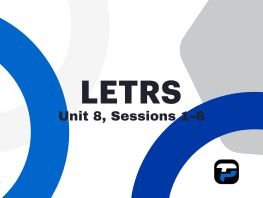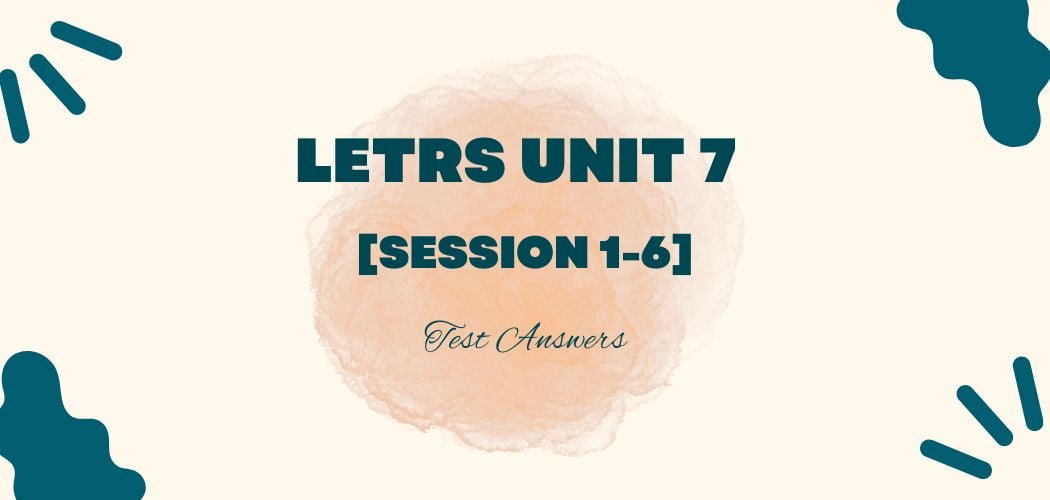Overview: The FAA Ground Operations Self Assessment (GOSA) is a voluntary program established by the Federal Aviation Administration (FAA) to help aviation organizations evaluate their ground operations and identify areas for improvement. GOSA provides a structured framework and set of guidelines for organizations to conduct self-assessments of their ground operations, including ramp operations, aircraft servicing, and other related activities.
The primary objective of the GOSA program is to enhance safety and efficiency in ground operations by promoting a proactive and systematic approach to identifying and addressing potential risks and hazards. By conducting self-assessments, aviation organizations can identify areas of non-compliance with regulatory requirements, internal policies, or industry best practices. It allows them to implement corrective actions and preventive measures to mitigate risks and improve overall operational performance.
FAA Ground Operations test answers
Question 1. A controller who says, “Go ahead” means:
A. Proceed as requested.
B. Continue straight ahead.
C. State your message.✅
Question 2. The red and white sign next to the taxiway is called a runway holding position sign. This sign indicates:
A. Runway 4/22 is ahead. This sign is collocated with surface-painted holding position markings and indicates that you must have clearance from ATC to proceed.✅
B. That you should follow the sign to get to the parking apron.
C. Nothing to me, it’s only there for the pilot’s use.
Question 3. Two solid yellow lines with two dashed yellow lines represent the marking for a runway holding position. All aircraft, vehicles, and pedestrians approaching the runways are required to have clearance from ATC before proceeding beyond the two solid yellow lines.
A. True✅
B. False
Question 4. Runway markings are:
A. White✅
B. Yellow
C. Red
Question 5. Taxiway markings are:
A. White
B. Yellow✅
C. Red
Question 6. As you are on your way to a construction site on the airfield, you are approaching a runway and have not received specific instructions to cross the runway. What will you do?
A. Drive to the edge of the runway to see if it is clear of landing or departing aircraft, and then proceed.
B. Stop prior to crossing the holding position marking and contact ATC for clearance.✅
C. Use your cell phone to call someone at the construction site and ask if it is ok to cross the runway.
D. Nothing, since vehicle drivers are not required to obtain clearance to cross runways.
Question 7. You are driving in a vehicle designated OPS-1 awaiting clearance to cross runway 19, and you hear ATC clear OPS-4 across runway 19. What will you do?
A. Proceed across runway 19 since you know that ATC meant to say “OPS-1”.
B. Contact OPS-4 on the radio to advise they are cleared to cross runway 19.
C. Call ATC to clarify if the clearance to cross runway 19 was for OPS-1.✅
D. Turn around and return to Operations because your shift is ending.
Question 8. A Runway Incursion is defined as any occurrence at an aerodrome involving the incorrect presence of an aircraft, vehicle, or person on the protected area of a surface
designated for the landing and takeoff of aircraft.
A. True✅
B. False
Question 9. What does “Explicit Runway Crossing Clearance” mean?
A. A “taxi to” clearance will allow you to cross multiple runways.
B. Typically, instructions to cross a runway will be issued individually for each runway encountered.✅
C. It replaces “Position and Hold”.
D. It’s a trick question, no such instruction exists.
Question 10. On a runway, you see this sign. What does it mean?
A. You are approaching runway 22.
B. You are on runway 22.✅
C. It is an informational sign only.
D. There are 2,200 feet remaining at the end of the runway.
Question 11. At night what color lights/reflectors mark taxiways?
A. White
B. Blue✅
C. Red
D. Yellow
Question 12. When driving in the area immediately behind a large jet aircraft with its engines running, a driver should:
A. Not be concerned about danger from the jet blast because a typical car/van is too heavy to be affected.
B. Stop or stay well back, and do not proceed too closely behind the aircraft.✅
C. Cross the area of the jet blast at a perpendicular angle to minimize the hazard.
D. None of the above.
Question 13. Unless contrary instructions have been received from air traffic control, a vehicle should always yield to an aircraft.
A. True✅
B. False
Question 14. This sign on a taxiway indicates:
A. You must have clearance by ATC to taxi past these signs.
B. Distance to FBO is 2,333 feet to the right.
C. FBO is southeast and runway 22/33 is east of your location.
D. The direction towards the location of the FBO & runways 22/33.✅
Question 15. If, at a non-towered airport, you see an aircraft approaching the runway to land when you are waiting to cross the same runway, you should:
A. Hold short of the runway until the aircraft is past the point at which you will cross the runway, then proceed when it is safe.✅
B. Proceed across if the aircraft has not announced its position on the CTAF or UNICOM frequency.
C. Contact the pilot by radio and see if he or she intends to make a touch-and-go landing.
D. Flash your headlights at the aircraft.
Question 16. You are driving at a non-towered airport. An aircraft that has announced its position on the UNICOM frequency as ‘downwind’ is flying:
A. Perpendicular to the runway after the initial climb and turn.
B. Parallel to the runway in the direction opposite landing.✅
C. An approach to land with the wind instead of into the wind.
D. Any of the above.
Question 17. If an air traffic controller directs you to do something that you believe is unsafe:
A. You must comply or face disciplinary action.
B. You should comply and then call your supervisor as soon as possible.
C. You should ask the controller for clarification before complying with the instruction.✅
D. Flash your headlights and then proceed.
Question 18. The yellow painted marking at the beginning of this runway indicates:
A. The pavement can be used for takeoff only.
B. The pavement can be used for landing only.
C. The runway threshold has been relocated.✅
D. Does not apply to vehicles
Question 19. This sign is located on a taxiway. What does it mean?
A. You must have clearance from ATC to taxi past this sign.
B. Taxiway Bravo is west of your location at the airport.
C. It is a directional sign informing you that Taxiway Bravo is the next left turn.✅
D. None of the above.
Question 20. If radio contact is lost and the tower signals with a flashing red light, I should:
A. Stop.
B. Clear the runway or taxiway.✅
C. Ignore the signal.
D. Return to my point of origin at the airport.
Question 21. You are driving in a non-towered airport. An aircraft that has announced its position on the UNICOM frequency as “base leg” is flying.
A. Perpendicular to the runway after the initial climb and turn.
B. Parallel to the runway in the direction opposite landing.
C. Perpendicular to the runway about to turn final and land.✅
D. None of the above.
Question 22. What does this sign indicate?
A. This sign next to a taxiway identifies the ILS Critical Area, which you must drive beyond when exiting the runway as directed by ATC.
B. You should be directed by ATC before proceeding beyond this sign.
C. you are at a runway threshold.
D. Both A and B.✅
Question 23. What do the chevrons at the end of a runway indicate?
A. The pavement is to be used for takeoff only.
B. The pavement is to be used for landing only.
C. The pavement is not to be used.✅
D. Indicates the current wind direction.
Question 24. What is the procedure when you approach these painted markings from the solid line side?
A. Proceed with caution.
B. No permission is needed prior to crossing.
C. You must always have permission from air traffic control prior to crossing.✅
D. No procedure is required.
Question 25. What does this surface-painted marking mean?
A. Since it is a single solid & single dashed line, it does not apply to ground vehicles.
B. Divides movement area from the non-movement area; crossing a solid line requires ATC authorization.✅
C. It defines the taxiway edge.
D. You can pass other vehicles when you are on the dashed side.



